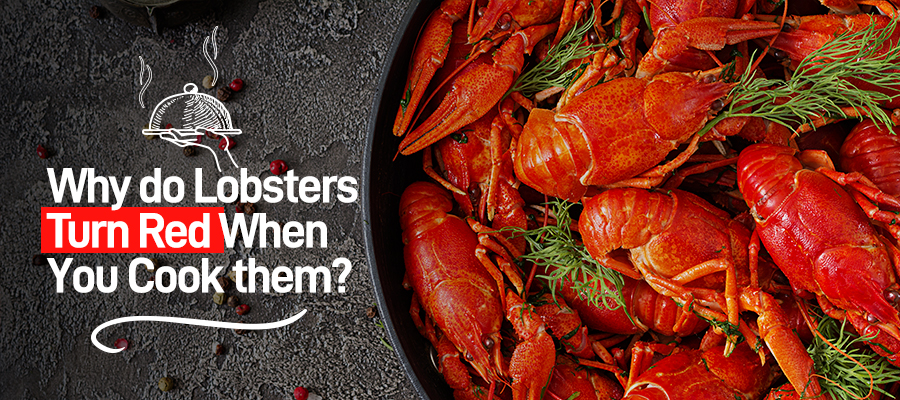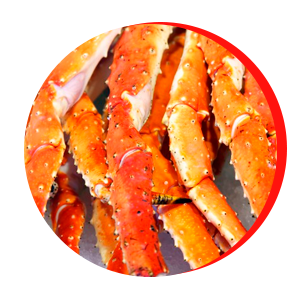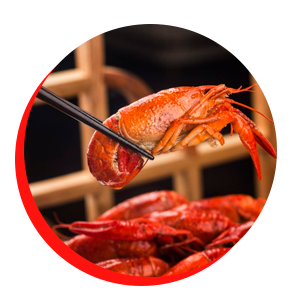
Don’t believe the picture of a red-necked, free-ranging sea monster that you see on cookbooks isn’t true? Did you know lobsters and other crustaceans are actually not red?
They’re typically brown, gray, olive-green, or dull blue before they hit the boiling pot to make their way onto your dinner plate. This is because they live in muddy areas or rocky ones, and they need to blend into their environment and avoid other creatures that enjoy a good lobster for dinner.
Far removed from the image you’re used to seeing in books, when these amazing creatures live out in the wild, roaming around the oceans, they have an entirely different look. So, why do lobsters and crustaceans suffer this dramatic color change during cooking? It’s all about the astaxanthin and how it reacts to heat. Astaxanthin is a carotenoid pigment that crustaceans have in their shells.

As for when the lobster gets cooked, that’s a different story.
Once the crustacean comes into contact with boiling water, its body chemistry changes and the astaxanthin separates from the crustacyanin, or in simpler terms, the pigment bids farewell to the membrane, changing it into the red-flavoring lobster we are so used to seeing.

For the best fresh seafood and Fresh Maine Lobster visit The Fresh Lobster Company and order your Maine Live Lobsters and Fresh Seafood Shipped to your home, family, friends & business associates in a Decorative Gift Package!
